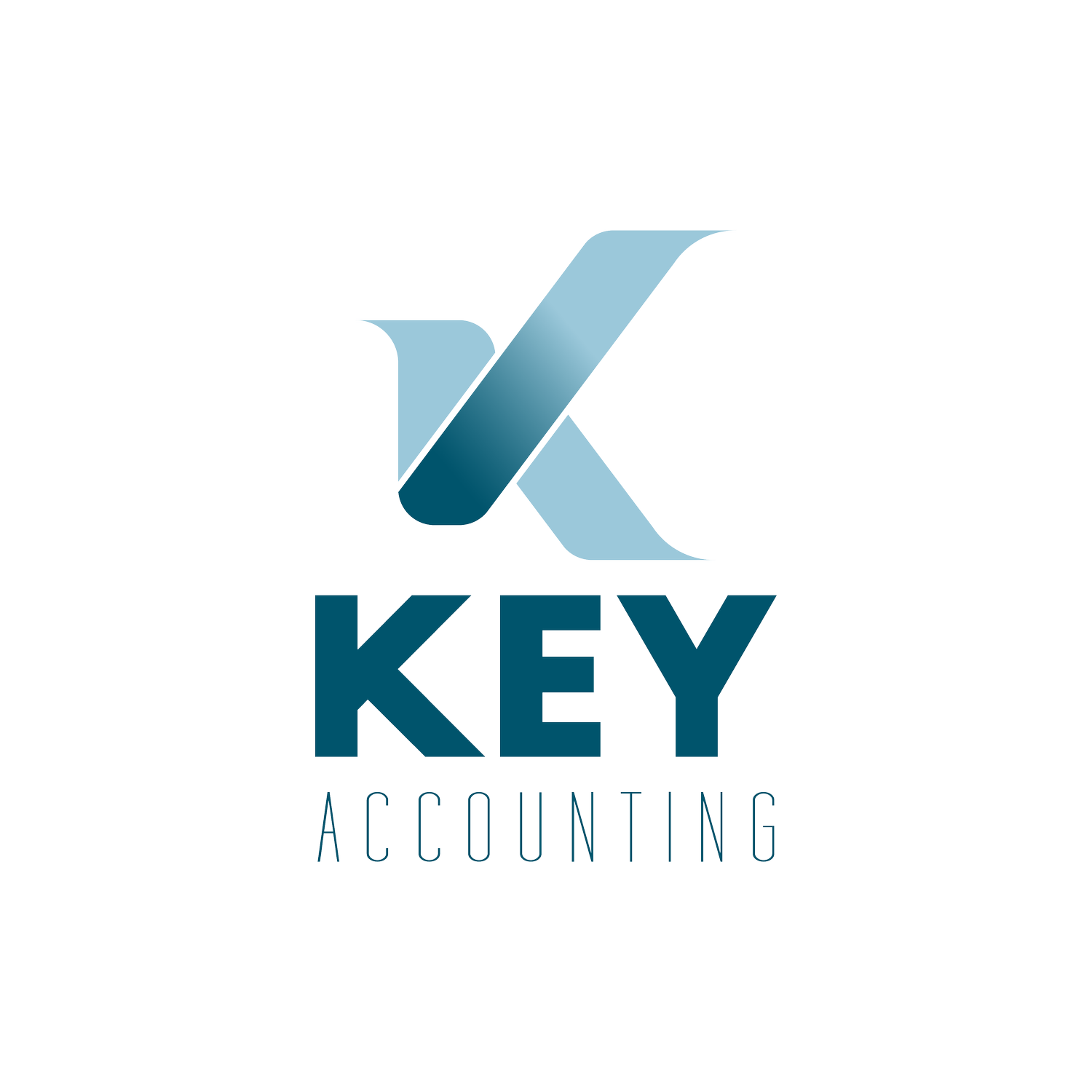Three Money Metrics Therapists Should Check Monthly (and How to Do It Fast)
It’s easy to let your numbers pile up until tax season—but a few minutes each month can completely shift your financial confidence and clarity.
This isn’t about obsessing over spreadsheets. It’s about building a simple check-in ritual that helps you stay in control and make thoughtful decisions.
Here are three essential money metrics I recommend therapists track every month—and how to check them fast, even if numbers aren’t your thing.
1. Net Income (a.k.a. “What’s Left After Expenses”)
Your net income tells you if your practice is truly profitable.
You can find this by running your Profit & Loss (P&L) report in your accounting software (QuickBooks Online, Xero, or Wave). Look for the bottom line—your income minus expenses.
If your net income is consistently positive, great.
If it’s lower than expected (or negative), it’s a sign to review expenses or adjust your pricing.
💡 Use this number to make intentional decisions about pay, taxes, or upcoming investments.
2. Owner Pay Transfer
Tracking how much you actually pay yourself is just as important as tracking revenue.
Ask yourself:
Did I pay myself this month?
Was it consistent with previous months?
Do I need to increase or decrease that amount?
Better yet, automate it. A banking tool like Relay lets you split income into separate checking accounts (Owner Pay, Taxes, Operating Expenses...) and set up transfers based on percentages—so you always know what’s safe to pay yourself.
3. Cash in Bank (By Category)
You might have money in your account—but is it all truly available?
Each month, take a look at your bank balance and assign it a purpose:
Reserved for taxes?
Saved for your salary?
Ready for upcoming expenses?
Tools like Relay make this super easy by giving you separate “buckets” for each purpose—so you can stop doing mental math every time you log into your account.
Bonus Tip: Set a Monthly Finance Date
Pick a day each month—maybe the first Monday or second Friday—and make it your Finance Check-In Day. It can be as simple as:
Reviewing your P&L
Transferring your Owner Pay
Making sure you’re on track with taxes
Noting any surprises or trends
Put it on your calendar and keep it short. 20–30 minutes is plenty. You’re just building the habit of checking in.
Final Thought
You don’t need to check your numbers daily or become an Excel wizard. You just need a rhythm that helps you stay aware—without stress.
Start with these three metrics. Review them once a month. And know that every check-in builds financial strength and self-trust.
Want an Accountability Partner for Your Finances?
It’s so much easier to build intentional money habits when someone’s walking alongside you—like having a personal trainer, but for your finances.
I help therapists set up systems, stick to a review rhythm, and finally feel in control of their numbers—not overwhelmed by them.
📬 Want Therapist-Friendly Money Tips in Your Inbox?
Get therapist bookkeeping insights, simple tools, and financial clarity—delivered monthly.
Sign up for the newsletter here
Referral Disclosure
Some links in this post are referral links, which means I may receive a small commission if you choose to sign up—at no extra cost to you. I only recommend tools I trust and personally use to help therapists manage their finances well.

